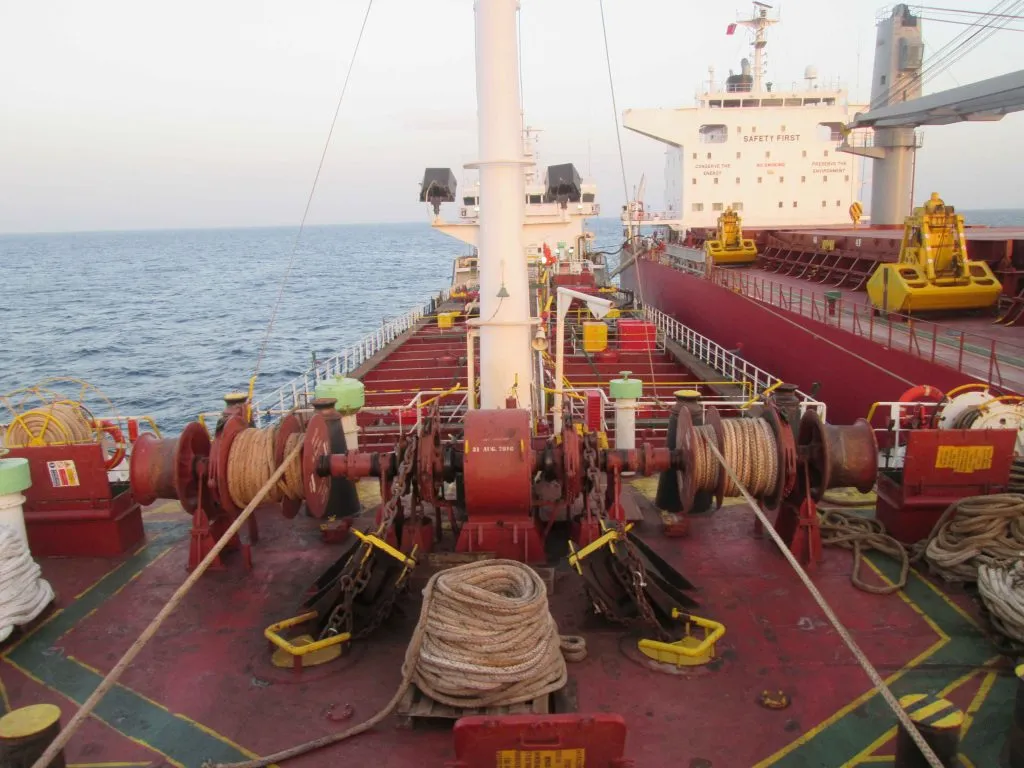For any boater, a reliable anchoring system is essential for safety and convenience. With a well-designed drum windlass, anchoring is easy and safe, no matter if you’re in charge of a small pleasure boat or a big business boat. Understanding how this equipment functions, what makes it different from other winch systems, and how to maintain it properly can greatly enhance your boating experience.
What Is a Drum Windlass?
A drum windlass is a mechanical device used to raise and lower an anchor by winding the rope or chain around a rotating drum. Unlike traditional vertical or horizontal windlasses that rely on chain gypsies, a drum windlass uses a continuous rope or rope-and-chain combination, allowing for smoother operation. This setup provides superior control and reduces the strain on both the operator and the vessel.
Typically, the system consists of a motor (electric or hydraulic), a gearbox, and a drum designed to spool the anchor line neatly. Its simple but sturdy design makes it great for both personal and business use, especially when dependability and ease of use are important.
Advantages of Using a Drum Windlass
The primary advantage of a drum windlass lies in its efficiency and reliability. Since the rope or chain remains on the drum, there is no need for a chain locker below deck. This eliminates tangles, jams, or messy rope piles that can cause delays or mechanical issues.
Moreover, drum windlasses are compact and self-contained, making them easy to install in various vessel configurations. The steady retrieval process also prevents shock loads, which can otherwise damage the anchor, rope, or even the boat’s structure.
Many modern models come equipped with automatic spooling systems, corrosion-resistant materials, and precise controls, allowing users to anchor effortlessly, even in challenging conditions.
The Technology Behind Drum Windlasses
Modern drum windlass technology combines mechanical precision with advanced materials. Parts made of stainless steel don’t rust or corrode, and motors and gearboxes that are sealed make them last in marine settings.
The drum mechanism works by evenly winding the rope or rope-and-chain combination, keeping tension consistent during both deployment and retrieval. This design ensures the anchor lowers smoothly and raises without jerks or sudden pulls.
In high-quality models, safety features like overload protection, brake locks, and power control systems are also integrated. These additions not only safeguard the windlass itself but also enhance the safety of everyone onboard.

Maintenance and Care Tips
While drum windlasses are built for long-term reliability, regular maintenance ensures continued performance. Always rinse the unit with fresh water after use, especially in saltwater conditions, to prevent corrosion buildup. Periodically inspect the motor connections, bearings, and seals to ensure they remain in good condition.
Lubricating the moving parts and checking the rope for wear or fraying also helps prevent operational issues. When not in use, it’s advisable to cover the drum windlass to protect it from prolonged exposure to sunlight and moisture.
Regular checks not only make your tools last longer, but they also keep your anchoring system safe and working well.
Choosing the Right Drum Windlass
Selecting the right windlass depends on your vessel’s size, anchor weight, and type of anchoring line. For smaller boats, compact electric models are ideal for quick installation and ease of use. Larger vessels, on the other hand, may require hydraulic drum windlasses for increased power and durability.
It’s also important to consider the rope or chain capacity of the drum and the retrieval speed. A properly sized windlass ensures smooth operation and minimises stress on the boat’s electrical or hydraulic systems.
Final Thoughts
Anchoring may seem routine, but it’s one of the most crucial aspects of safe boating. A dependable drum windlass transforms this task into a smooth, controlled, and stress-free process. With proper selection, installation, and care, this powerful piece of equipment becomes a lasting investment in convenience, safety, and confidence on the water.

